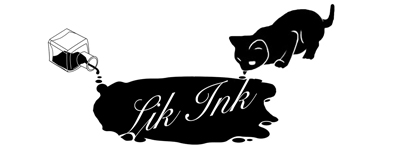“Seth Siegelaub: Beyond Conceptual Art” at The Stedelijk Museum, Amsterdam
December 2015
It’s not so much that there are no objects in this exhibition, ostensively about “conceptual art” (and Seth Siegelaub’s part in it) but that the book, a container of codes for the conveyance of ideas, becomes an object, a museum fetish displayed behind glass.
This places the book in a provocative position, a position which it has always embodied but which has become more pronounced, partly due to the inclinations of “conceptual art” and the tangential “artists books”.
The curatorial impetus of this exhibition makes for an intersection between “conceptual art” (as practiced by the artists associated or networked with Seth Siegelaub), the archive or museum and the book (or the word, text, etcetera).
Seeing as ideas, or the ideas conveyed by text, might seem to lack a visuality (a condition which at present seems far surpassed), the museum might fret about the dryness of “conceptual art”, which in large part relies on words.
Thus Seth Siegelaub’s library is put on display. While clearly demonstrating the acquisitiveness of the collector, the archive also concerns “research”, another important aspect of “conceptual art” along with its relation to “the laboratory”.
The irony, or endgame, implied in this intersection is encapsulated in the Seth Siegelaub quote cited in the show’s one-sheet hand-out: “You don’t need a gallery to show ideas”.
This intention (of non or no gallery) is clearly in the idea of “book”, a way to move the gallery into the street (as it were), though the exhibition puts the book into both accessible and inaccessible archives (or laboratories) as certain bound texts are available while other are isolated in the sacred vitrine.
 Some of Siegelaub’s archives or libraries were specifically research oriented, in particular his interest in collecting texts that concerned Marxism and the arts and modes of communication. In some cases he realized the archive would become essentially endless and so he moved on to other pursuits, the most disparate of these being his latter interest in textiles and weaving (which is where he started and which is also thoroughly documented in the show).
Some of Siegelaub’s archives or libraries were specifically research oriented, in particular his interest in collecting texts that concerned Marxism and the arts and modes of communication. In some cases he realized the archive would become essentially endless and so he moved on to other pursuits, the most disparate of these being his latter interest in textiles and weaving (which is where he started and which is also thoroughly documented in the show).
The curators, affected by “conceptual art” (when it happened and by its legacy) bring their own paradoxical blend of “installation art” and entertainment to the proceedings. This is the museum architecture of today, in line with its own rich history while also being influenced by the “impurities” of shop window displays and amusement parks.
Within the exhibition, roofless rooms recreate the actual installations that held Seth Siegelaub’s groundbreaking exhibitions of the then freshly coined “conceptual art”. In the case of Lawrence Weiner, this allowed me a previously unnoticed view on his work, which moved from minimalist paintings to “actions” and finally to his wall installations (and print editions) of hybrid philosophy/poetry, for which he is now best know.
The provocation of considering the book as an object, as the thing in space that it has always been, while also acknowledging its abstract and intangible qualities, is to also consider the word (or recitation) as performance, which in effect is an act of “real time”, that is, a recreation of the things people say and how they say them.
The culminating piece of this show, which wraps up the implications of a genre within a genre, is a video made expressly for the exhibition (“The Causality of Hesitance” by Mario Garcia Torres). One might be fooled that this is Siegelaub himself, as the actor casually lectures or performs some of Siegelaub’s intriguing abstractions, stopping to aimless hum something (gathering his thoughts), or running his fingers through his hair. The video is at once natural and extremely mannered.







